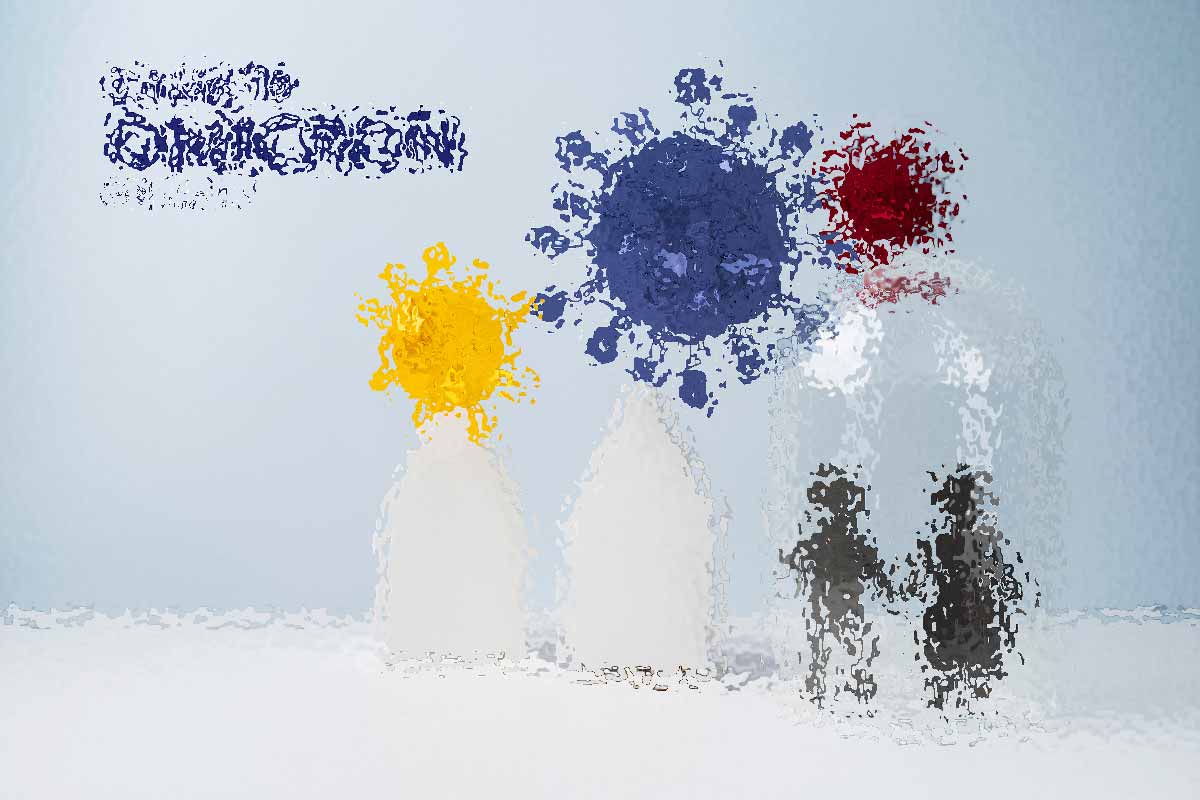For many coffee lovers, the rich aroma and bold flavour of a freshly brewed cup of coffee are essential to jump-starting their day. However, some individuals prefer to enjoy coffee without the stimulating effects of caffeine. Commercial decaffeination processes often involve chemical solvents or CO2 extraction, but did you know it’s possible to decaffeinate coffee beans at home using natural methods? This guide explores several safe and effective techniques for decaffeinating coffee beans in your kitchen.
Understanding Decaffeination
Before diving into the methods, it’s important to understand how decaffeination works. Caffeine is a natural compound found in coffee beans that contributes to its stimulating effects. Commercial decaffeination processes typically involve soaking green (unroasted) coffee beans in water to extract the caffeine. This water is then treated with either chemical solvents like methylene chloride or ethyl acetate, or it undergoes CO2 extraction to remove the caffeine.
At home, however, you can achieve decaffeination using methods that are natural and safe, although they may not remove caffeine as completely as industrial processes.
Methods for Decaffeinating Coffee Beans at Home
1. Water Process (Swiss Water Method)
The Swiss Water Process is a commercial method known for its natural approach to decaffeination, and it can be mimicked at home with some effort.
- Process:
- Step 1: Soaking: Begin by soaking your green coffee beans in water to dissolve the caffeine. Use a ratio of approximately 1 ounce of coffee beans to 1 liter of water.
- Step 2: Filtering: After soaking for about 8-12 hours, remove the beans and filter the water through a fine mesh or coffee filter to capture the caffeine.
- Step 3: Re-soaking: Return the decaffeinated beans to the filtered water and allow them to reabsorb their flavor compounds.
2. Solvent-Free Decaffeination
This method involves using a simple water and steam process to decaffeinate coffee beans:
- Process:
- Step 1: Steam Treatment: Steam the beans for several hours to open their pores.
- Step 2: Soaking: Next, soak the beans in hot water. The steam-opened pores will allow the caffeine to leach out more readily.
- Step 3: Drying: Finally, dry the beans back to their original moisture content, and roast them as usual.
3. Carbon Dioxide (CO2) Method
This method mimics commercial CO2 extraction, though not as precisely:
- Process:
- Step 1: Soaking: Soak green beans in water.
- Step 2: Pressurization: Apply carbon dioxide under pressure to the beans, which helps remove the caffeine.
- Step 3: Drying: Dry the beans thoroughly before roasting.
Considerations and Tips
- Roasting: Regardless of the decaffeination method used, ensure your beans are thoroughly dried before roasting. Moisture can affect the roasting process and the flavor of your coffee.
- Effectiveness: Home decaffeination methods may not remove caffeine entirely, but they can significantly reduce its content. Experiment with different methods to find one that suits your preferences.
- Safety: Always use clean equipment and filtered water to avoid contaminating your coffee beans during the decaffeination process.
Conclusion
Decaffeinating coffee beans at home allows you to enjoy your favourite brew without the stimulating effects of caffeine. While commercial methods are more effective at removing caffeine, home methods provide a natural alternative for coffee enthusiasts looking to customize their coffee experience. Experiment with different techniques and enjoy the process of crafting your perfect cup of decaffeinated coffee right from your kitchen.
By following these methods, you can savour the flavour and aroma of coffee beans without the caffeine kick, making your morning ritual more personalized and enjoyable.
Read More Article:













Leave a Reply